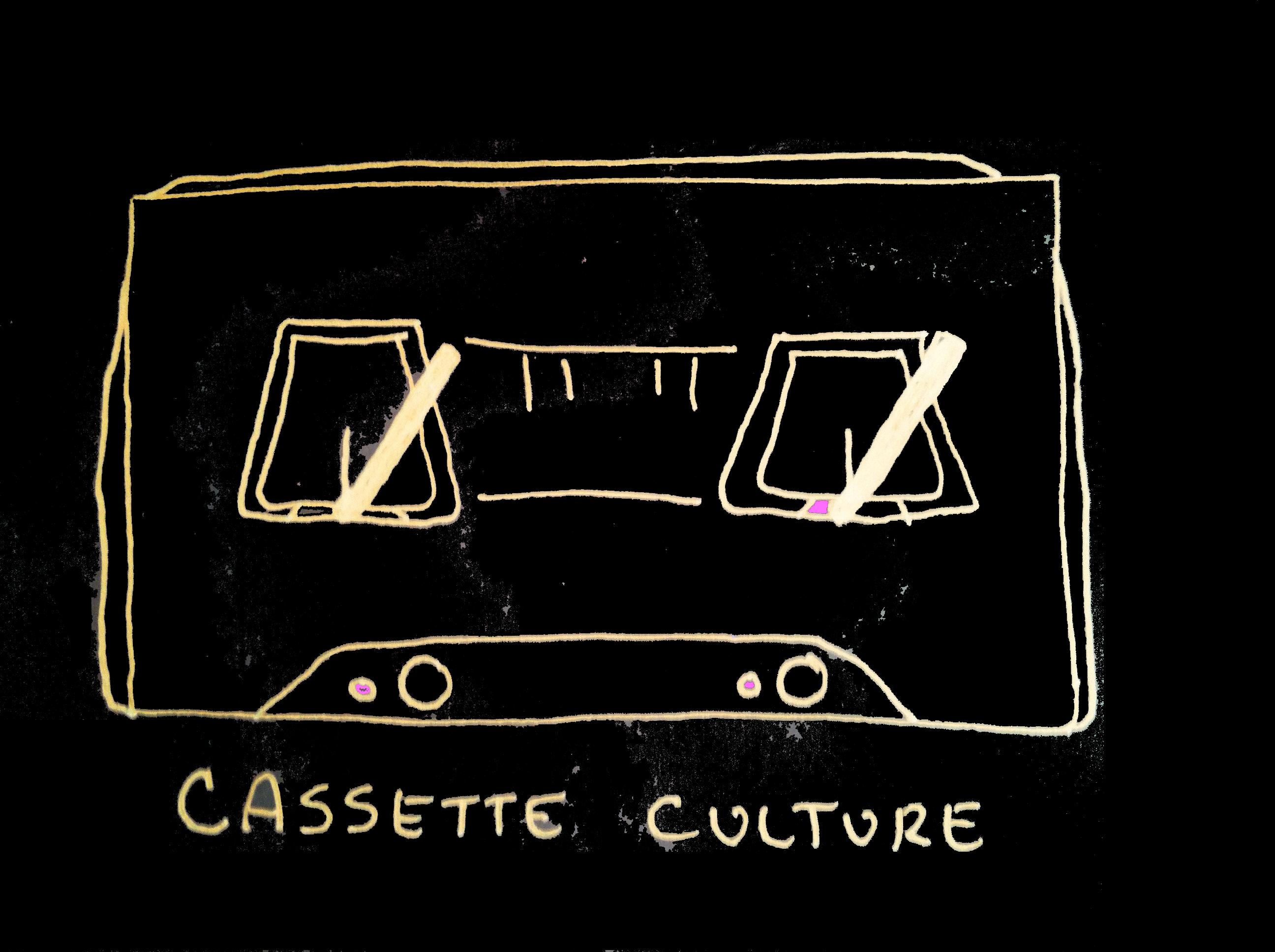Cassette Culture is a monthly column dedicated to exploring the various artists that inhabit the expansive cassette market. Drawing from bands and labels around the world, this column will attempt to highlight some of the best artists and albums from this global community.
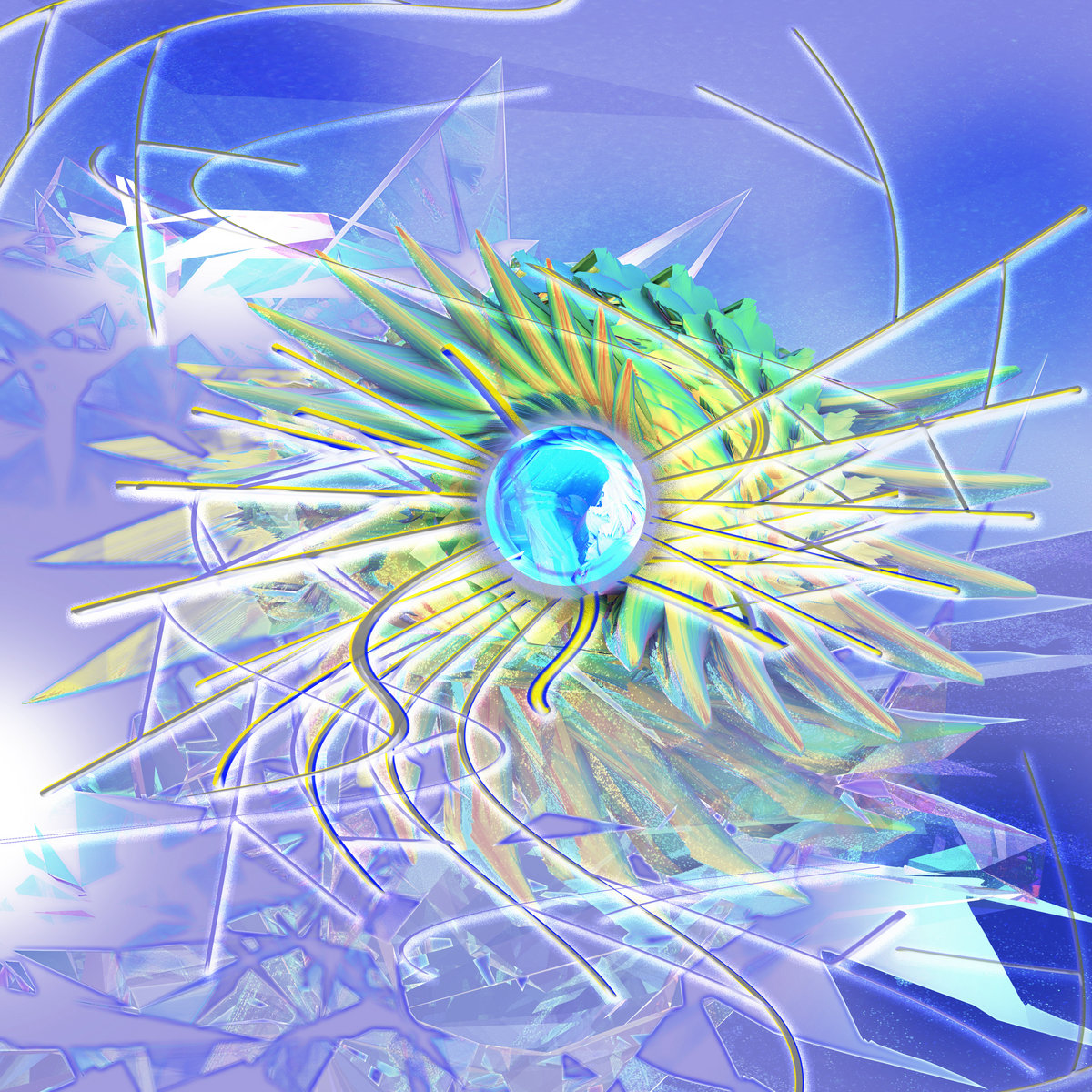 Grim Beazley
Grim Beazley
Big World
(Constellation Tatsu)
It’s not easy to create something that could function equally well on the dancefloor at 3am and as an inspiration for theses on environmental alteration, but Australian producer Grim Beazley has managed to do just that on Big World, his latest collection of kinetic meditations channeled through ambient, trance, and house rhythms. Where other artists might use darker, more ominous sounds to convey the crumbling architecture of the natural world and our part in its decline, he uses buoyant synths, sparkling hi-hats, and beats that cavort with the energy of feral animal to paint a portrait of change and inevitability – but there is hope for something better, a light that threads itself through these songs which creates a balance to the harsher realities at play.
Grim Beazley creates an equilibrium between airy moments of tranquility and the more dance-oriented landscapes in which we ultimately find ourselves. We’re not privy to a full emotional release, but we do find measured euphoria on tracks like “Eucal Regnans” and “Acheron Way” – a sort of synthetic elation that allows us to revel in the electronic adaptation on display. There is a spoken word passage on the title track which speaks to our inability to comprehend all the facets of our mortality, breaking down the idea of various controls and our need to manage all aspects of the world around us. It’s a needed call to further understand our effect on everything surrounding us, and by placing it within a sphere of electro-pop and dancefloor-adjacent rhythms, Grim Beazley hopes to help us more easily consider the consequences of our actions – and maybe spend some time learning in this complicated Big World that he’s created for our benefit.
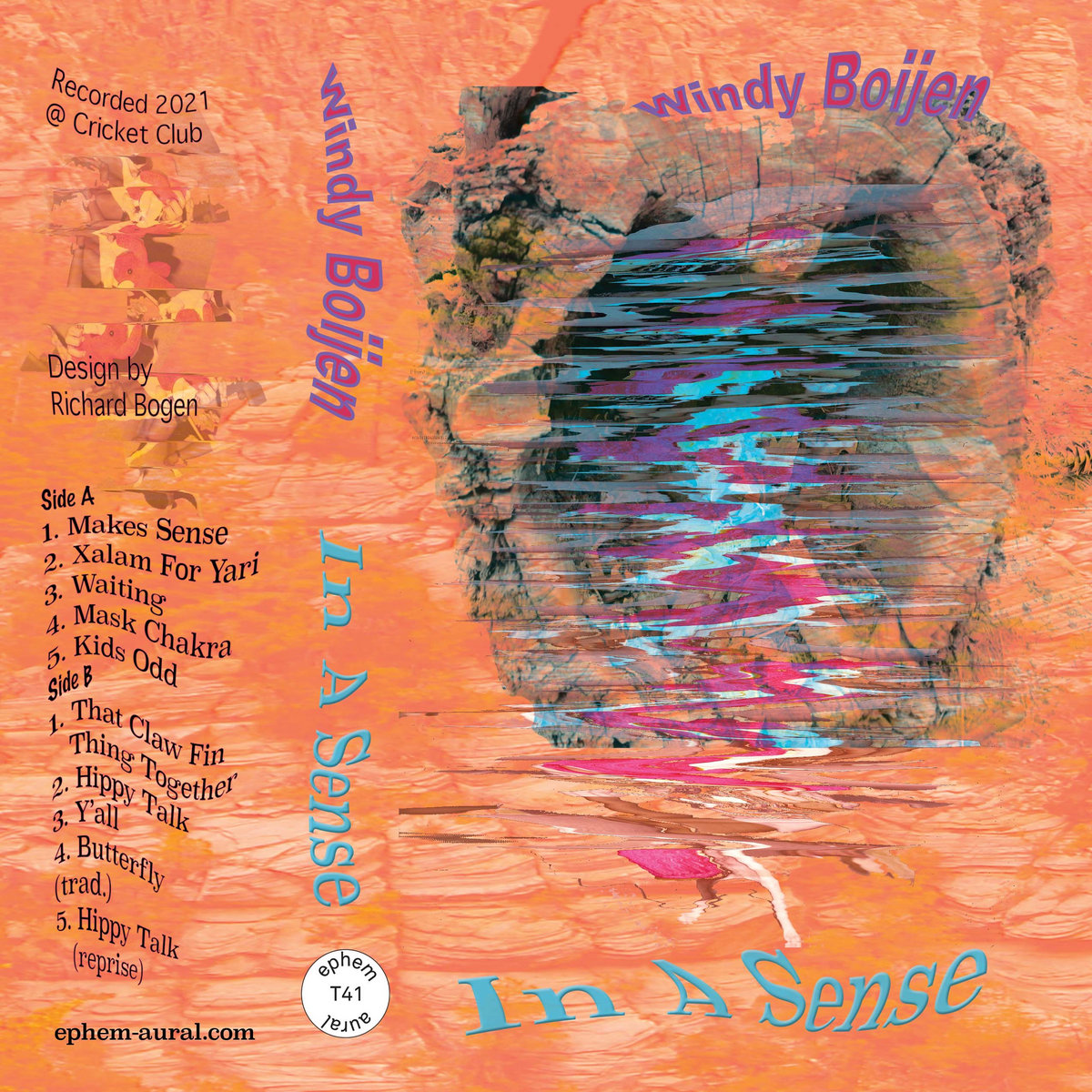 Windy Boijen
Windy Boijen
In a Sense
(Ephem-Aural)
How do you distill form and function from chaos? Windy Boijen – the alias of sound artist Richard Bogen – has discovered inroads into this organized anarchy through the creation of a kind of “goofball psychedelia”. It seems an apt label, as the music he creates doesn’t fall under any conventional genre aesthetics. And after just one listen to his latest collection, In a Sense, his first for New York imprint Ephem-Aural, it quickly becomes clear that he has no operates best from within this process of musical refinement. These songs are driven by a mixture of indie pop impulses, folk deconstruction, and experimental adaptation. Nothing is concrete. There are no answers. And Bogen couldn’t care less for any confusion on our part. In a Sense is all about suggestion and vague narrative exposition; it’s a tribute to formless fantasy and off-kilter creativity.
Circling back around to that “goofball psychedelia”, there’s a particularly engrossing rhythmic alchemy that occurs as you dig deeper into the album. It never takes itself too seriously, but it also doesn’t lose its emotional viability for the sake of pretentious musical detours. There’s a kaleidoscopic wonder to it all, as if he were seeing the physical world shaped in real-time by the sounds he is creating. Genres blur and become meaningless. Sound becomes a language unto itself: droning synths hover like vultures, noisy interludes add detail to background landscapes, banjos are broken down and built into different instruments, and we’re witness to all these acts as we become irrevocably intertwined in Bogen’s vision of musical transmogrification. It’s transfixing and disorienting and is an ideal example of an artist perfectly attuned to their own creative wavelengths.
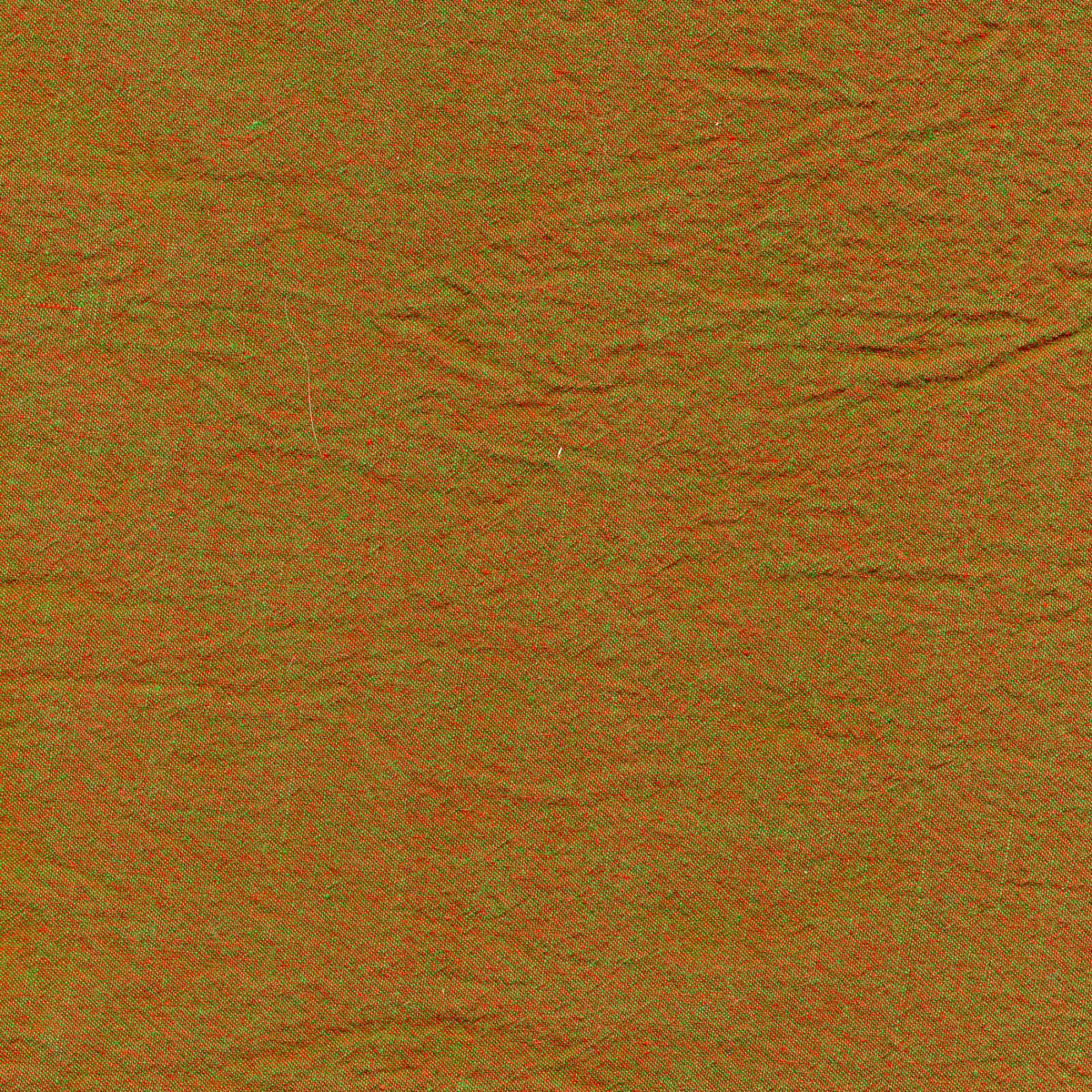 Meadow Argus
Meadow Argus
This Old Rotten Barge
(Tynan Tapes Temporal)
Less upfront musical offering and more freewheeling document of historical significance, at least to musician Tynan Krakoff, This Old Rotten Barge is the vehicle through which he casually dismantles various field recordings and blends them with electric organ to create a roving band of chaotic exhibitions. With titles inspired by passages from Woody Guthrie’s autobiography Bound for Glory, Krakoff speaks on the nature of transience and our connection to the places in which we find ourselves at any given moment. Across these tracks, you’ll hear sounds taken from under a bridge on the banks of the Ohio River, from hospital hallways, and from an aquarium in Kentucky. These unrelated spaces offer unfiltered energies and expanses where the mundanity and excitement of everyday life can flourish and wane and rise again when called upon.
Equal parts industrial ambient and experimental noise, This Old Rotten Barge is a travelogue of memories and experiences preserved through Krakoff’s recordings. There are moments when the music feels on the verge of complete collapse but is then drawn back and another deeper layer of sound is revealed. You eventually start to listen differently, to discern contours and shapes buried within these prickly and bruised landscapes. A murmured static gives way to distorted voices and metallic mechanisms clanging in sequence. There is a heart here, submerged in grime and hiss and various aqueous depths, though it can’t be easily forgotten, nor can its pulse and thump be relegated to some background appearance. To fully appreciate the emotional depths he’s illuminating here, you have to give yourself fully to his aural intrigues and to the unpredictable nature of these sounds.
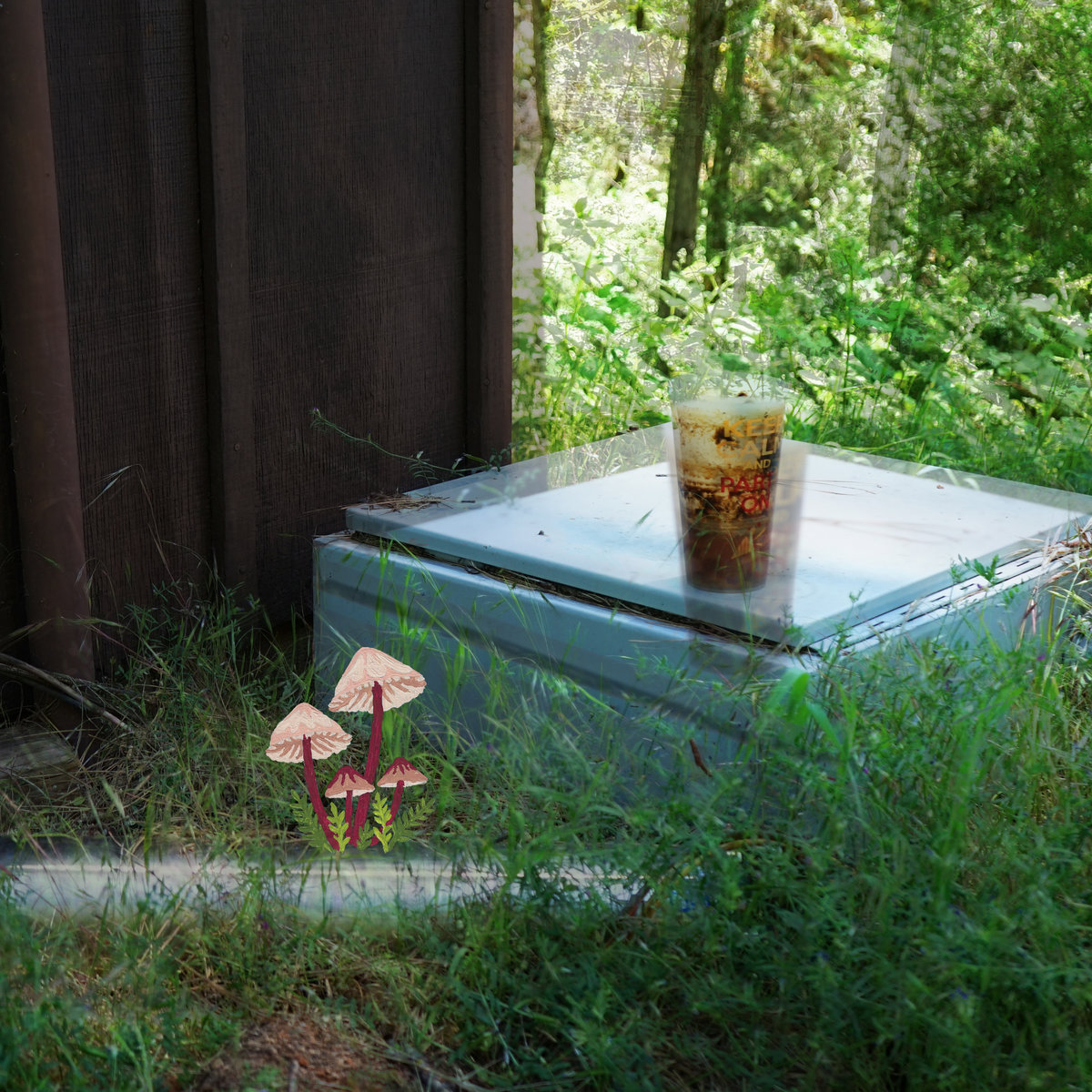 Pacific Walker
Pacific Walker
Pacific Walker
(Bluesanct)
As part of Bluesanct’s ongoing Orphanology alphabet series, we now have the chance to hear the self-titled debut release from Pacific Walker – the alter ego of ODAWAS members Michael J. Tascott and Isaac Edwards. Known for their psychedelia-infused ambient work, these two musicians continue to chip away at the preconceptions regarding the genres they inhabit. Here, they engage with classical guitarist Raphi Gittesman, journeying through mycelial folk sounds and waves of compounding synths. Born from these natural inspirations, the album takes on an arboreal appearance, a complicated but oddly comforting perspective of the physical world as sanctuary. Guitars are plucked and strummed as shifting sounds ebb and flow in the distance – it’s gorgeous and soothing and allows these three musicians to dig deeper into their collective musical affections.
Side A is composed of a sectioned triptych entitled “Mycelium Ab Astris Ad Astra”, and it ranges from noisy environmental effects to glistening guitar lines and gentle keys and synths. It’s a panoramic exploration of aural malleability and a testament to the musicians’ ability to evoke colossal emotional weight through instrumental tactility. Other tracks like “Neptune in Etruria” and “Ophelia” are draped in elegant ambience, calm meditations on a living world, while closer “Sonnentempler” is a bit more dynamic in its musings, simultaneously clanging and starry-eyed as we lose ourselves in its expanse. Hymnlike and emotionally sustainable, these songs reveal intricate details of our world, pairing those insightful and intuitive observations with both dense and light sonic extrapolations – and discovering new ways to understand our place in the world as a result.
 Bad Trips
Bad Trips
Drink the Ooze
(Already Dead Tapes and Records)
Formed in the early days of the COVID pandemic in Ridgewood, New York, psychedelic experimentalists Bad Trips have taken inspiration from classic psych bands of the ‘60s to more modern electronic purveyors, creating a sound as expansive as it is hypnotic. Their latest collection, the 2-track Drink the Ooze, is a tribute to the way that long-form compositions shift and mold themselves to the needs and wants of each listener. Raw and ramshackle in their appearance, these two songs – “Drink the Ooze” and “Anteater” – have the feel of a couple of friends hanging out in a basement, seeing who can one-up the others with how they dissemble and construct new shapes from their influences. More hallucinogenic in its form, the title track builds on repetitive drones, minimal electronics, and a pervasive sense of encroaching menace.
“Anteater” feels a bit more unpredictable in its movements, using the same pattern of droning replication but being more explicit in its perceived threats. There’s a bit more muscle here as well, with vague rhythms emerging and disappearing through a fog of synthetic expulsions and melodies abruptly ending their tenure. Feeling as though it could be on the soundtrack to some forgotten ‘80s horror film, something veering into the giallo aesthetic, the song radiates dread and impending violence. Featuring members of Painted Faces, Aviary, and Slasher Risk, their adoration for these kinds of slickly foreboding sounds is imprinted upon each note. If you’re looking for something comforting and gentle in which to lose yourself, then this music is likely not for you. But if you’re looking for atmospheres that’ll rattle your nerves and raise the hairs on the back of neck, then Drink the Ooze should give you exactly what you’re looking for.
 Sandcastle
Sandcastle
Kisses for Witches
(Strange Mono)
In honor of its 10th anniversary, Philadelphia imprint Strange Mono is reissuing Sandcastle’s freak folk gem Kisses for Witches. The avenue through which musician Sam Kassell channels all his love and affection for lo-fi folk experimentalism, the music of Sandcastle is defined by its rickety melodies, bittersweet atmospheres, and bucolic variations. Recorded in the wake of Kassell’s first tour of the southern United States, this album found him in a period of exponential growth and development, casting off influence and focusing in on a sound entirely his own, bound by no recognizable history and offered without sentiment or reservation. It sounds as though he was relishing every second of genre deconstructionism here, always one step ahead of any limitations and constantly trying to see what exists over the next horizon.
Hints of alt-country creep in occasionally, as it does on opener “Deena”, with its shuffling gait and prickly guitar lines. “Dream Catcher” impresses with its surging rhythmic pace while “Diamond Heart” evokes feelings of loss and regret, though Kassell manages to make even these pained experiences feel poignant rather than reveling in the darkness they exhibit. “Antonia” continues his exploration of moody textures and lyrical resignation, held together by duct tape and half-forgotten memories of love. Clattering percussion and skeletal rhythms vie for your attention as the music unfolds into a treatise on emotional viability in the face of everyday minutiae. The freak folk movement may be in recission at the moment, but Kissing for Witches shows that it was more than just a focal point for a handful of artists to tear apart folk convention. It was a deeply passionate aesthetic that allowed musicians the freedom to enact and envision their own unique perspectives on these sounds — and few did it with as much undiluted creativity and DIY insight as Sandcastle.

